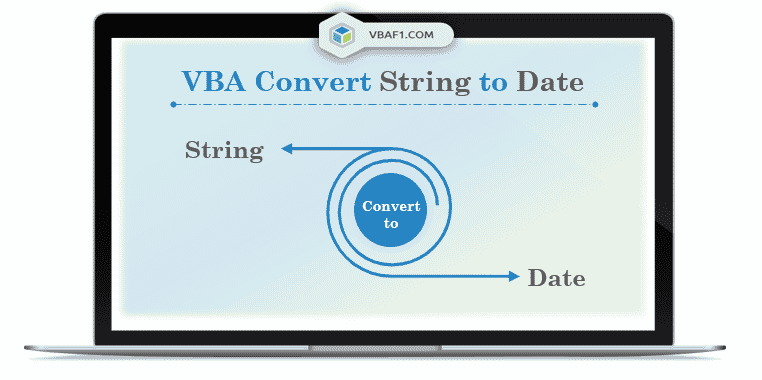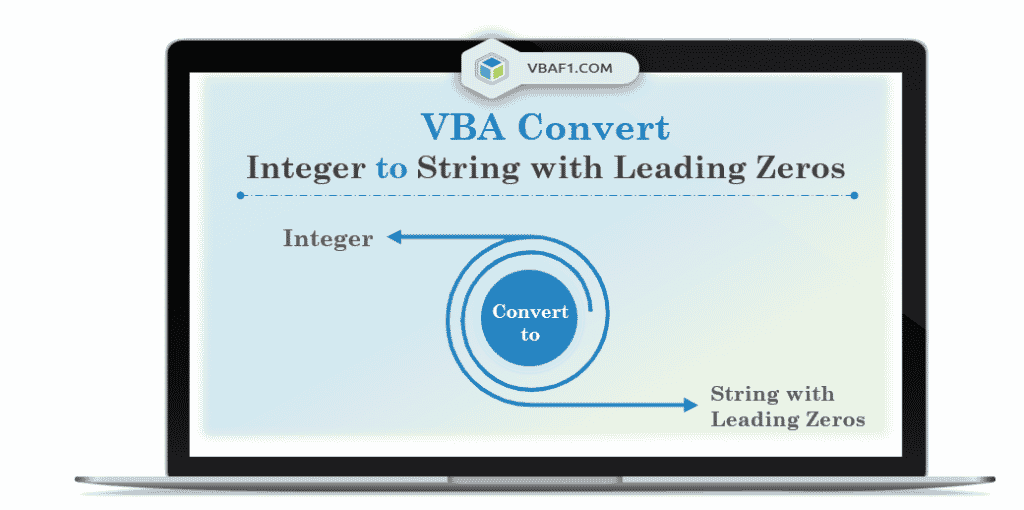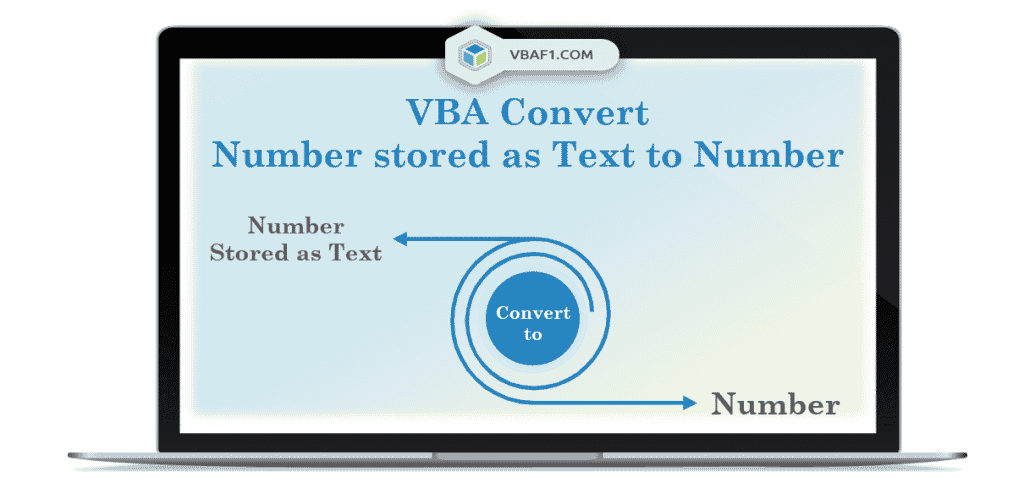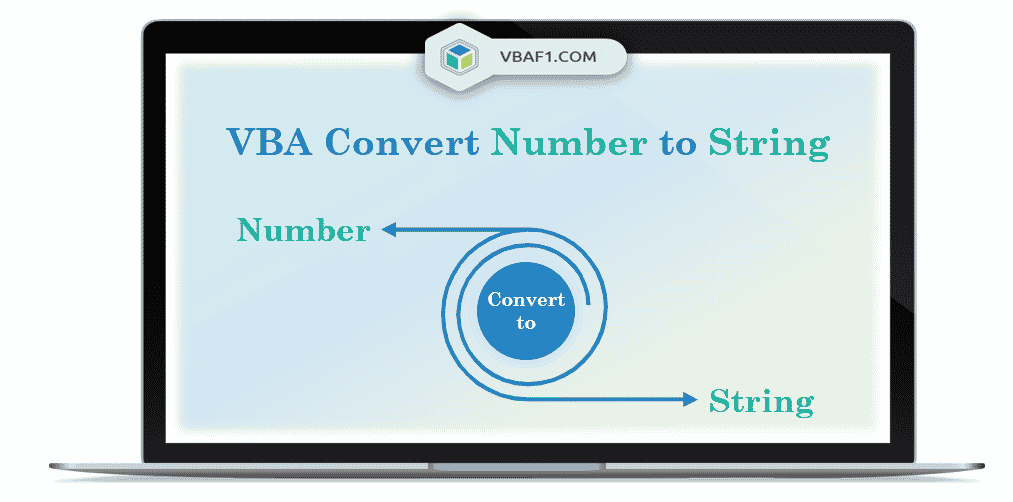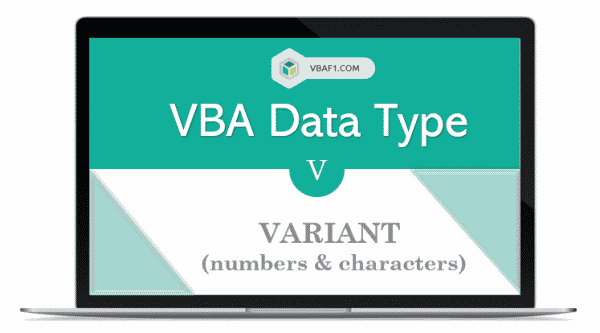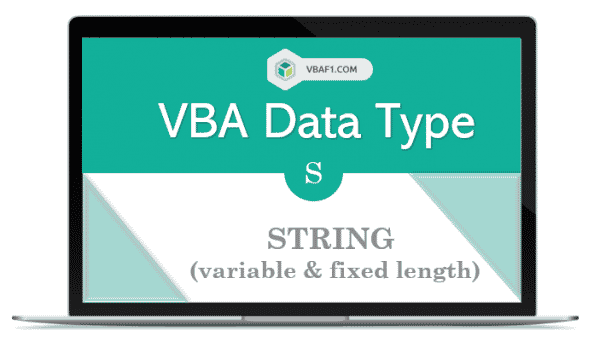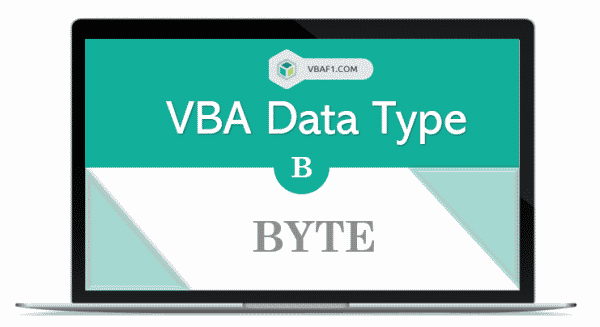VBA Convert String To Date
VBA convert string to date in Excel, we use VBA CDate data type conversion function. In the following article let us see an example and also the step by step instructions to run vba code in the visual basic editor(VBE) window. You can find link at the end of the session to know more about …

